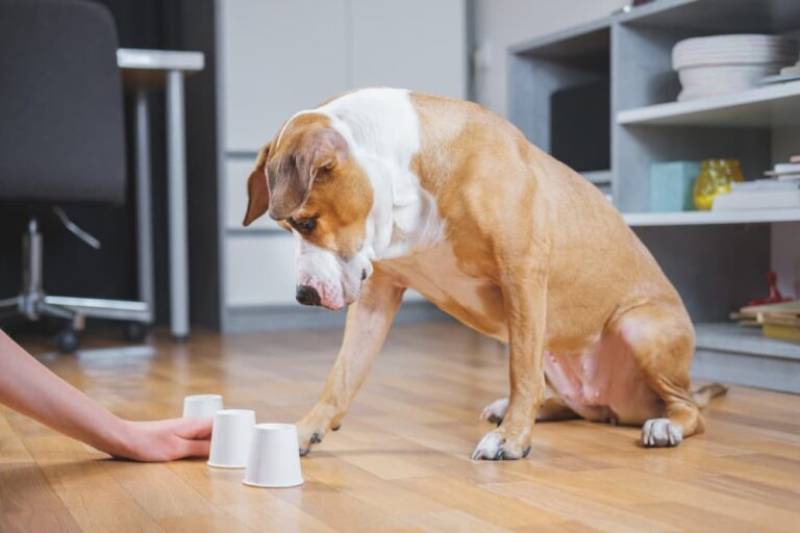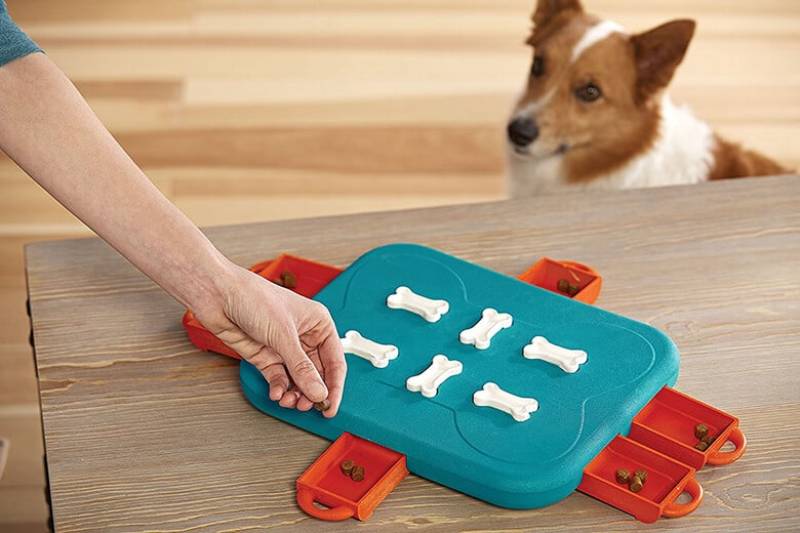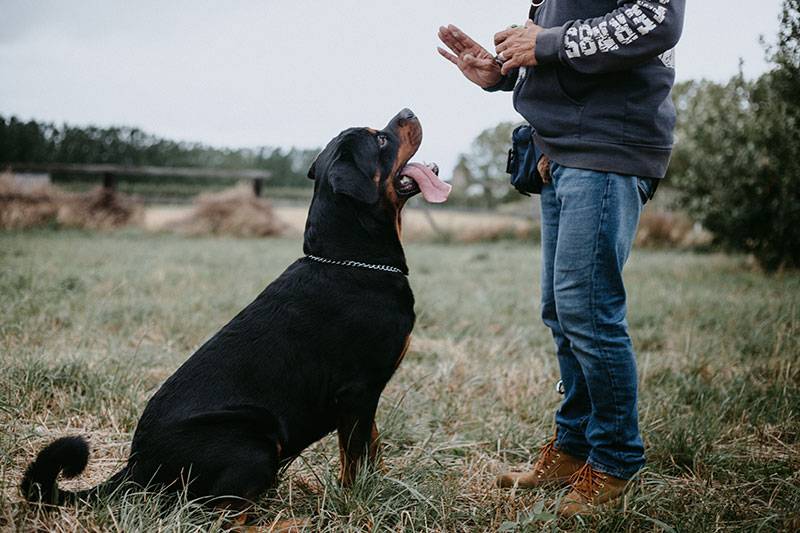Brain Training for Dogs: Unlocking Your Canine’s Full Potential
As a dog owner, you undoubtedly want the best for your furry companion, and that includes keeping their mind sharp and active. Brain training for dogs is an essential aspect of maintaining their cognitive health, ensuring that they stay mentally stimulated and engaged throughout their lives. In this comprehensive guide, we’ll explore the benefits of brain training for dogs, various techniques you can use, and how to make the most of these training sessions with your canine friend.
The Importance of Brain Training for Dogs

- 1. Mental Stimulation: Just like humans, dogs need mental stimulation to keep their minds active and healthy. Brain training exercises help prevent boredom and keep your dog’s mind engaged, reducing the likelihood of developing destructive behaviors.
- 2. Strengthening the Bond: Engaging in brain training activities with your dog strengthens the bond between you, enhancing communication and fostering a deeper understanding of each other.
- 3. Improved Behavior: Regular brain training can improve your dog’s overall behavior, as it helps them develop problem-solving skills and better impulse control.
- 4. Cognitive Health: Brain training can help delay the onset of age-related cognitive decline, maintaining your dog’s mental faculties for a longer period.
Brain Training Techniques for Dogs

- 1. Puzzle Toys: These toys require dogs to use their problem-solving skills to access treats or toys hidden inside. Puzzle toys come in various difficulty levels, making them suitable for dogs of all ages and abilities.
- 2. Obedience Training: Teaching your dog basic commands like sit, stay, and come not only helps to improve their behavior but also keeps their mind active and engaged.
- 3. Hide and Seek: This classic game encourages your dog to use their sense of smell and problem-solving skills to locate hidden treats or toys around your home.
- 4. Agility Training: Setting up an agility course in your backyard or participating in local agility classes helps to keep your dog’s mind and body active, as they learn to navigate various obstacles.
- 5. Trick Training: Teaching your dog new tricks, such as rolling over, playing dead, or even more complex tasks, helps to keep their brain engaged and challenged.
Making the Most of Brain Training Sessions

- 1. Trick Training: Teaching your dog new tricks, such as rolling over, playing dead, or even more complex tasks, helps to keep their brain engaged and challenged.
- 2. Positive Reinforcement: Use praise, treats, and affection to reward your dog for their successes during training, reinforcing their positive behavior.
- 3. Positive Reinforcement: Use praise, treats, and affection to reward your dog for their successes during training, reinforcing their positive behavior.
- 4. Positive Reinforcement: Use praise, treats, and affection to reward your dog for their successes during training, reinforcing their positive behavior.
Conclusion
Brain training for dogs is an essential aspect of their overall well-being, offering numerous benefits for their mental and emotional health. By incorporating a variety of brain training techniques into your dog’s routine and maintaining a consistent, positive approach, you can help your canine companion reach their full potential and enjoy a healthier, happier life.

